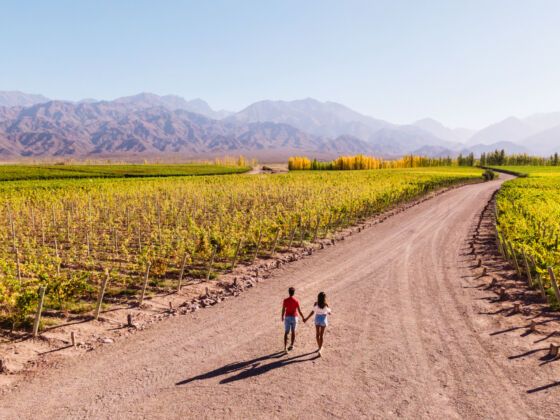TOTAL GAUCHE travelers may not know Mendoza is the destination for affordable wine tourism.
But gauche or not, most backpackers passing through this western Argentine provincial capital of 110,000 end up hopping on a bike to tour the wineries and bodegas just south of town, in the suburb of Maipú.
This full-on collision of budget travel and established, upper-crust tradition is fun to partake in, but there are lots of ways to do it wrong. Here’s how to do it right.
